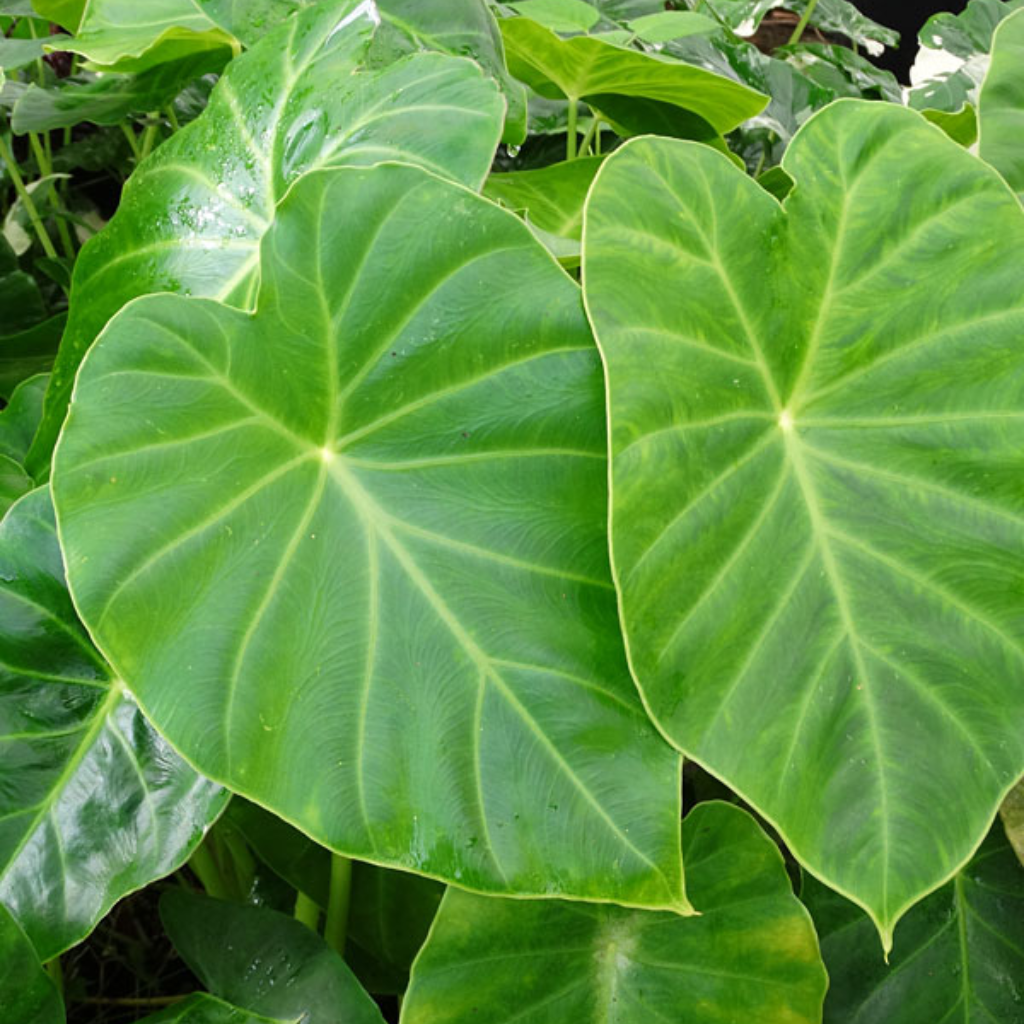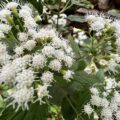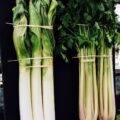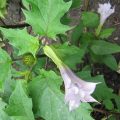A Tale of Tasting An Elephant’s Ear: A Memorable Lesson in Plant Toxicity
"I remember - oh, it seems like a hundred years back... when three boys were leaning across a wall looking at the plant in a garden. I was one of the boys..."
August 22, 1903
On this day, The Montclair Times, out of Montclair, New Jersey, shared a story about Colocasia, commonly known as Elephant Ears.
An amateur botanist and his friend were passing by a florist, and they spied an elephant ear.
The botanist asked his friend,
Did you ever taste elephant ears?
The companion said he never had.
The botanist answered this way:
[That's] a good thing for you - although it is an experience that will remain in your memory for a long time to come.
I remember - oh, it seems like a hundred years back... when three boys were leaning across a wall looking at the plant in a garden.
I was one of the boys - and the other two were telling me what a sweet taste elephant leaves had. [...]
One of the boys put a piece in his mouth - at least he pretended to - and I agreed to chew some also.
Well, persimmons are as sugar compared to the drawing and bitterness of the elephant leaf.
For half an hour after I had put the bit of leaf into my mouth, I drank enough water to float a ship.
If you want to eat Elephant Ears, the tuber is edible.
The leaves and the stem are the most toxic parts of the plant.
This post was featured onThe Daily Gardener podcast:
helping gardeners find their roots,
one story at a time






